On November 27, Tahrir al-Sham* jihadist-led forces amassing in Syria’s opposition-occupied Idlib province began a major surprise blitz offensive toward Aleppo – the nation’s second-largest city.
The Syrian Army and local Kurdish militias mobilized to defend the city, but were pushed back amid overwhelming enemy superiority, assured in part thanks to the jihadists’ use of US electronic warfare equipment, drone operators reportedly trained by Ukrainian advisors, and other foreign help, including non-Syrian militants spotted among the terrorists’ ranks.
Syrian and Russian air power began a large-scale bombing campaign targeting columns of enemy forces, arms depots, and terrorist HQs, while Syrian ground formations rushed to Hama, a major city south of Idlib, to prevent a jihadist takeover.
President Bashar al-Assad vowed to wipe out the terrorists, saying Sunday that “terrorism understands only the language of force, and this is the language we will use to crush and destroy it, regardless of its supporters and sponsors.”
Russian Foreign Minister Sergey Lavrov emphasized the imperative of working with Russia’s regional partners to combat terrorism.
Iraq mobilized its forces and pro-government militias amid the deteriorating security situation.
On Monday, Iranian President Masoud Pezeshkian vowed that Tehran would do everything in its power to prevent “terrorists and conspirators” from “drag[ging] the region into war and bloodshed again,” vowing to coordinate with Syria and Russia in this task.
As the conflict heats up, what’s the situation on the ground between Syrian and terrorist forces and the major regional players? Check out Sputnik’s infographic.
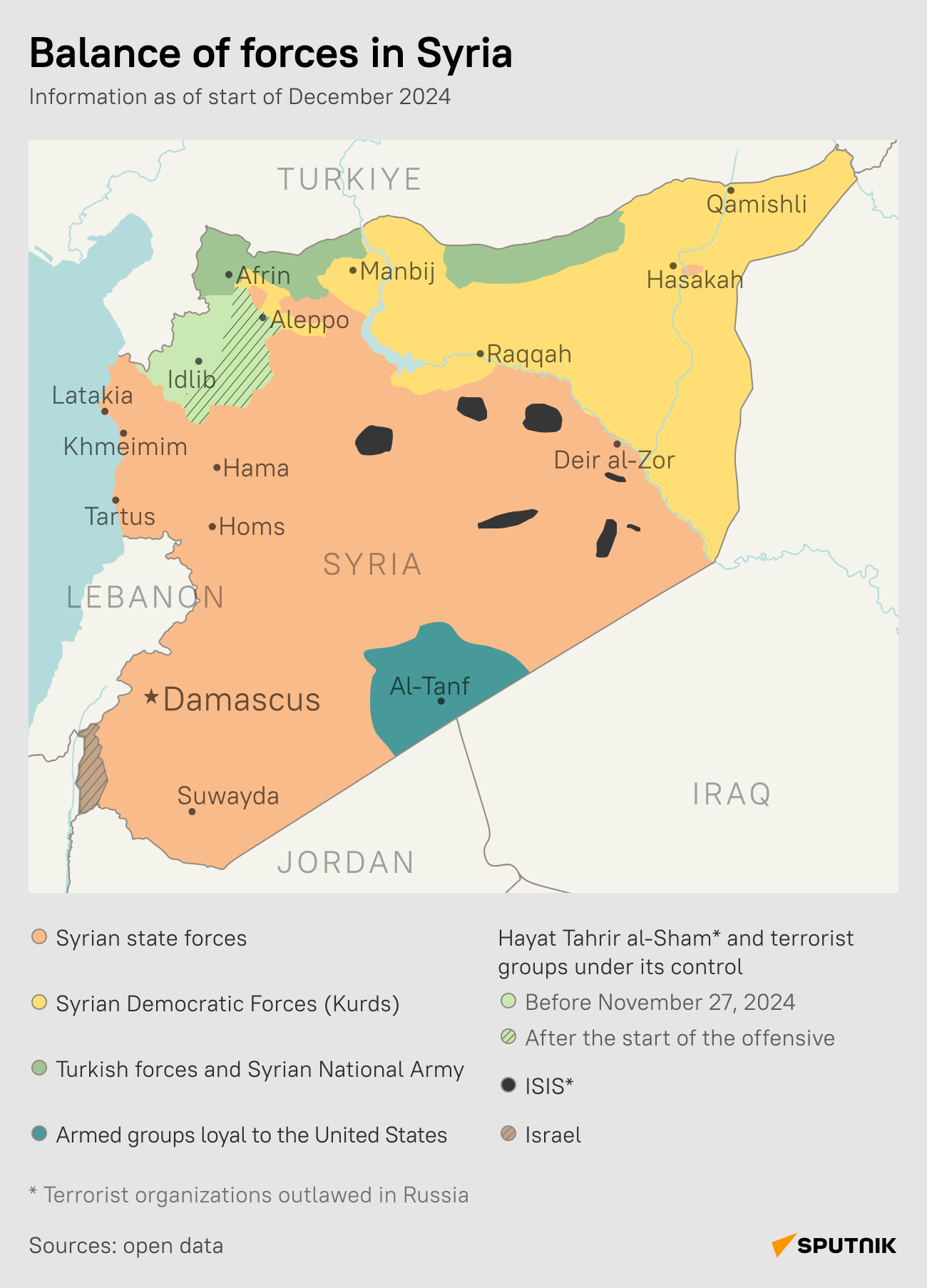
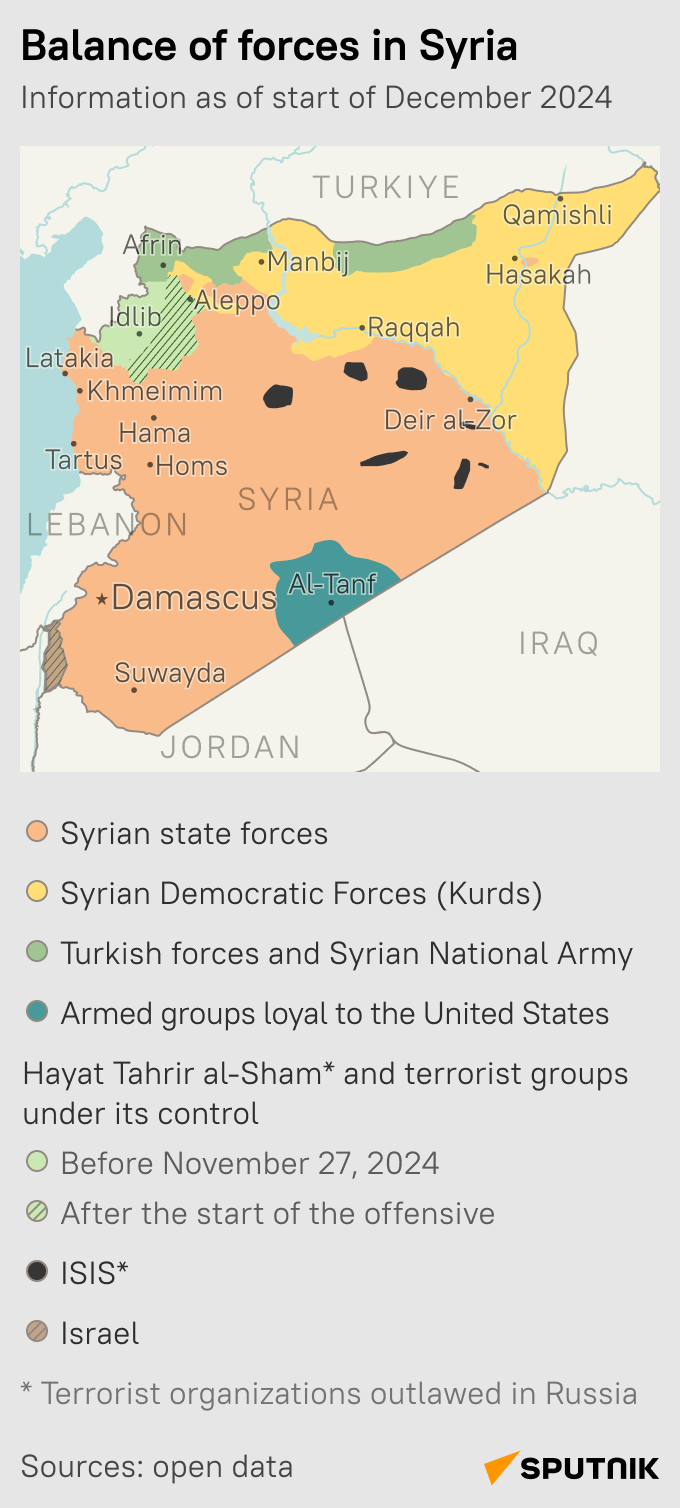
* A rebranded al-Qaeda-linked terrorist group outlawed in Russia and many other countries.

 4 months ago
33
4 months ago
33
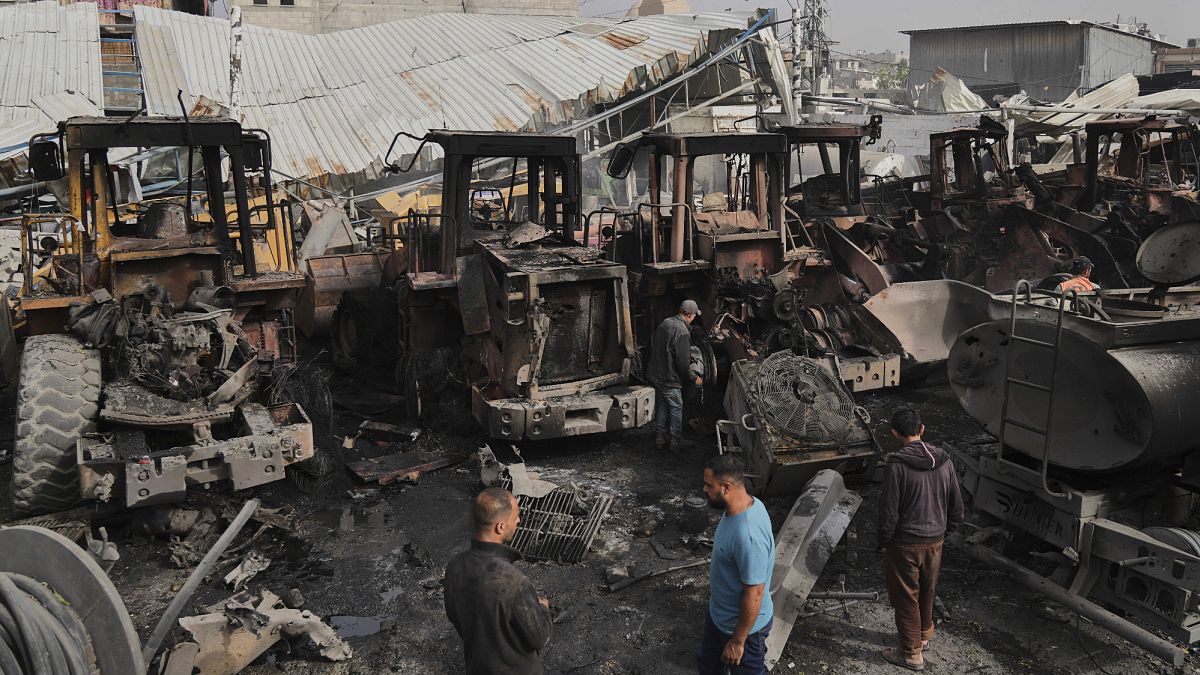
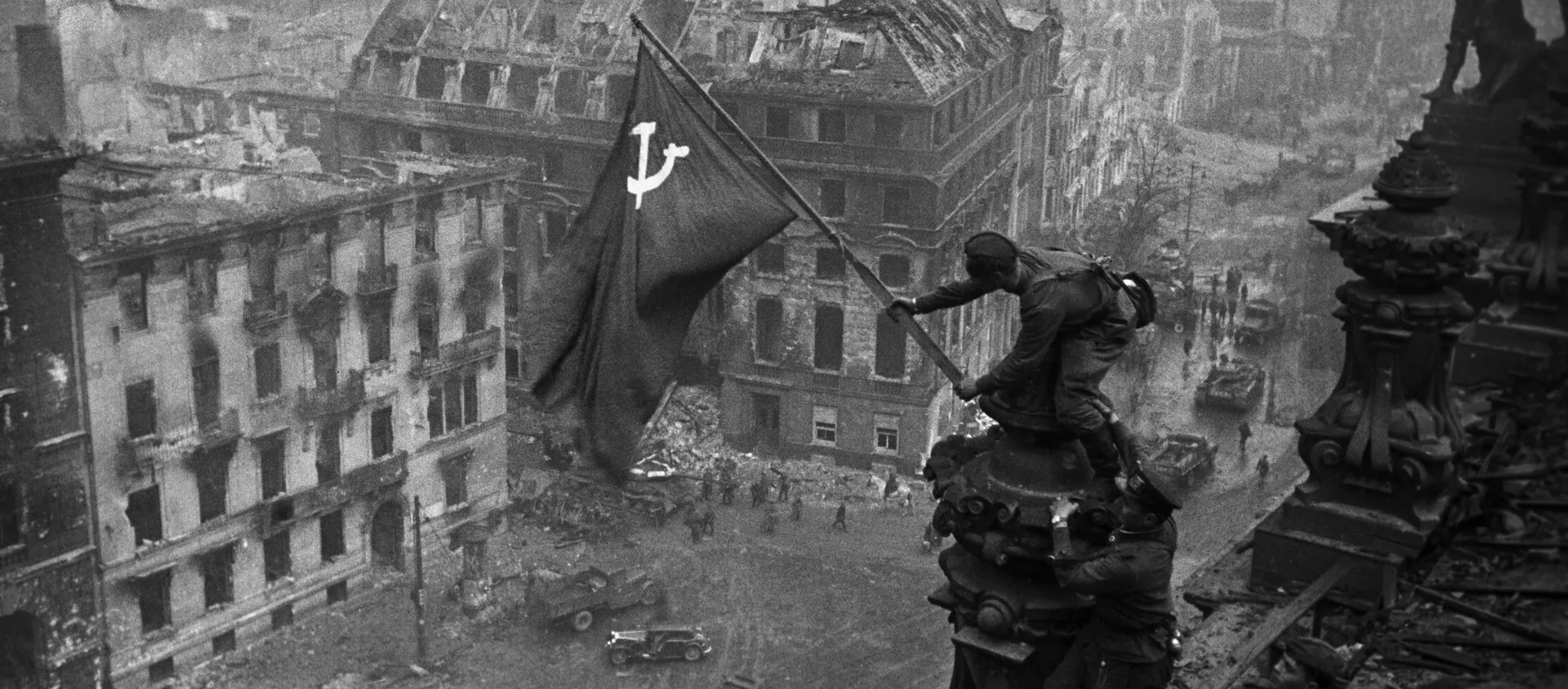
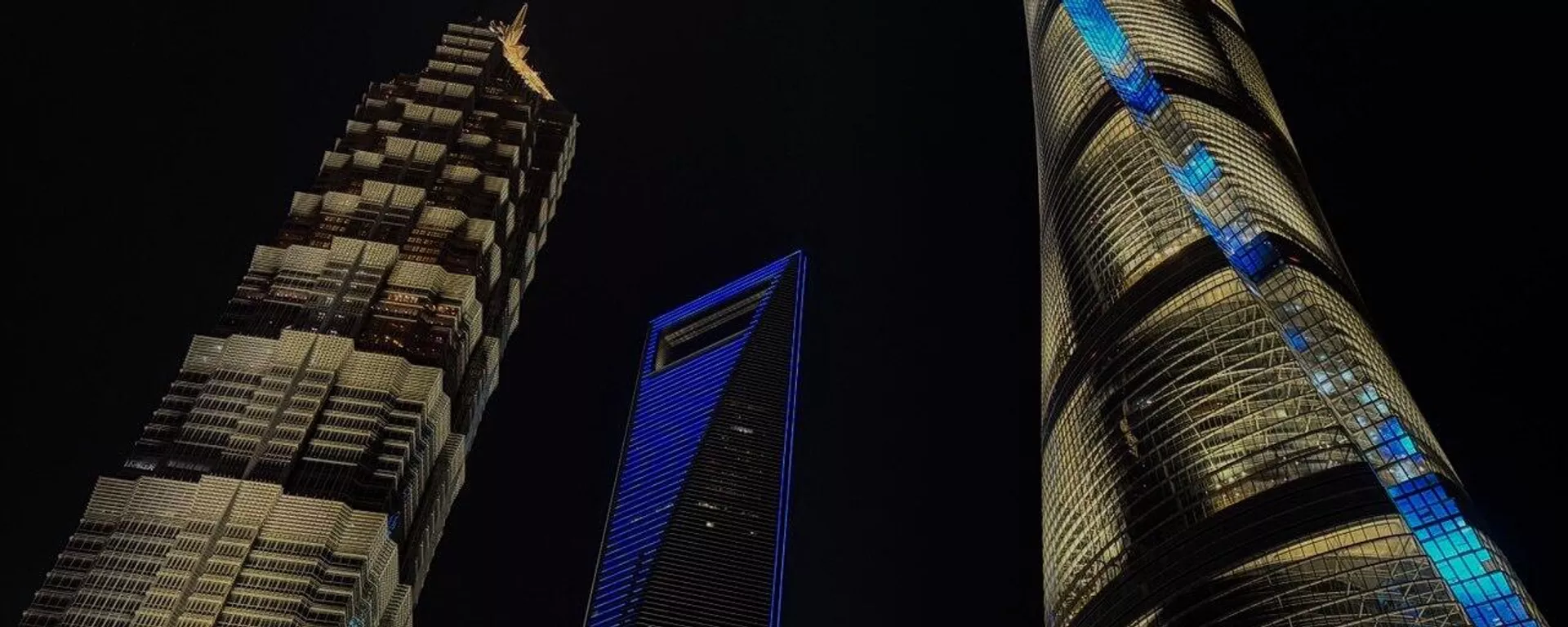


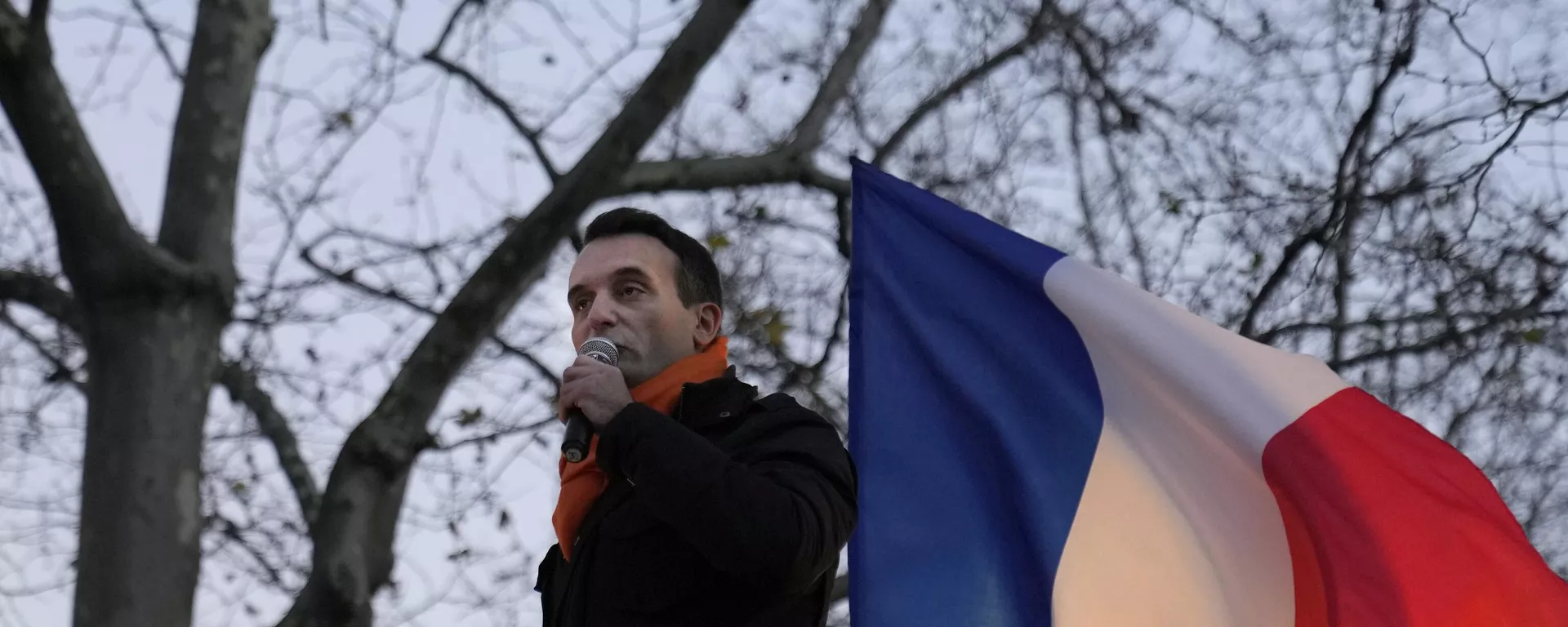
 We deliver critical software at unparalleled value and speed to help your business thrive
We deliver critical software at unparalleled value and speed to help your business thrive






 English (US) ·
English (US) ·